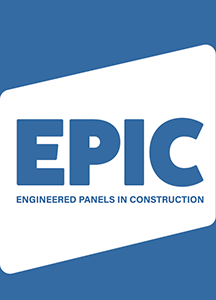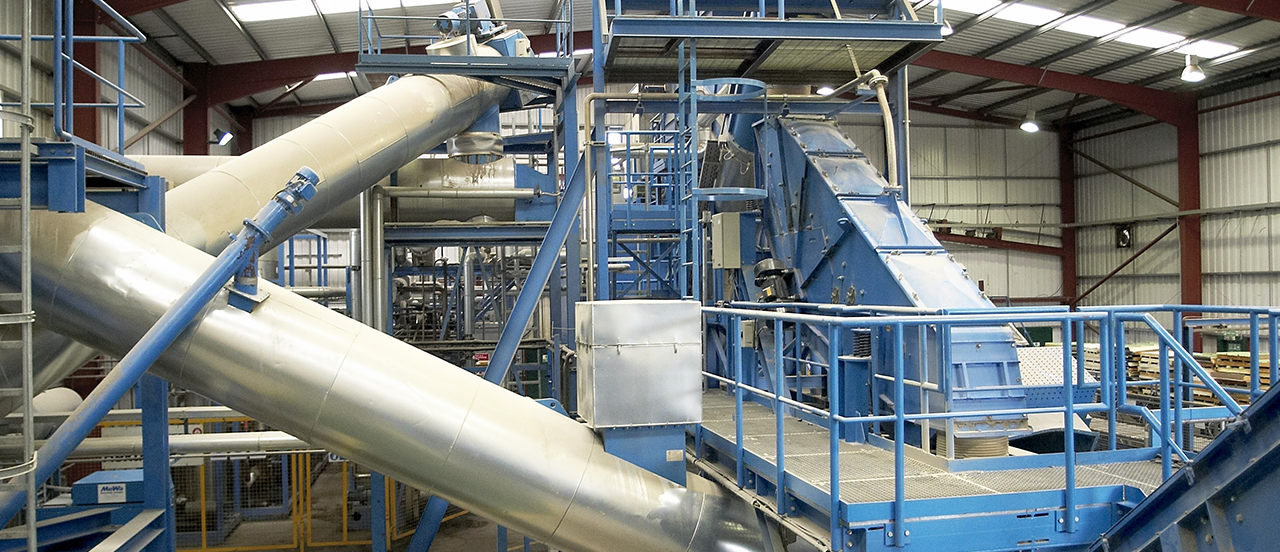Construction is a huge industry, with last year’s statistics revealing the UK’s new construction value was £99,651 million in 2020. Unfortunately, construction also generates a lot of waste, with up to 32% heading to landfill. To reduce costs, improve the life cycle of building materials, and ensure the industry’s environmental impact is as low as it can be, it is important to choose materials that have long life spans and are from manufacturers who have detailed how best to treat their products when it does come to the building’s end of life, as part of sustainable construction objectives.
Identifying materials used
When the time comes for a building to be demolished, or materials removed during refurbishment, it is incredibly important that products can be identified and treated appropriately.
EPIC-member steel-faced insulated panels all have some form of serial number or product code on the outside of the panel or seam, allowing for easier identification. Further guidance on how to identify types of panels with a visual assessment can be found in our End of Life guide, which has recently been updated and is free to download.
Single component insulated panels are usually used to form the building’s external walls and/or roof. However, they can also be used as the substrate for a rainscreen façade, or internally, particularly in the creation of energy efficient cold stores or controlled environments. EPIC-member panels comprise:
- Outer metal facing (steel)
- Insulation core (polyisocyanurate/PIR)
- Inner metal facing (steel)
If you can identify the manufacturer of the products used, branding on the outside or notes within the planning and construction documents, you can also contact their team directly for advice on identification, recycling or disposal.
Avoiding landfill
If we’re to consider our building’s impact on the environment long-term, it’s important that the products we use have options that ensure as little as possible finds itself in a waste-filled crater or forming part of a ‘garbage patch’, devastating marine life.
There are several options here. With EPIC-member panels, they are highly durable, and relatively easy to dismantle and reuse for many more years after their original specification. This is not only better for the environment but also very cost-effective. If they aren’t or can’t be reused, then the panels can be stripped down to recycle the valuable metal facings, which reduces the demand for raw materials and uses less energy than to make the steel from scratch.
Recycling plants can recover any Ozone-Depleting Substances (ODS) which were used as blowing agents in pre-2004 panels. The shredder removes the outer metal for recycling, with the core collected for safe disposal. Post-2004, many PIR panels used pentane as a blowing agent, with amounts within the panel so small that this has presented no problem for shredding plants.


Examples of shredders used for dismantling, recycling or collecting waste from construction materials.
High quality insulated panels can often be reused, particularly on industrial and agricultural buildings but, where reuse in its entirety isn’t possible, the steel facings can be readily recycled, with the shredded core often being turned into a source of energy from waste.
You can read more about identification and disposal in the EPIC guide.

